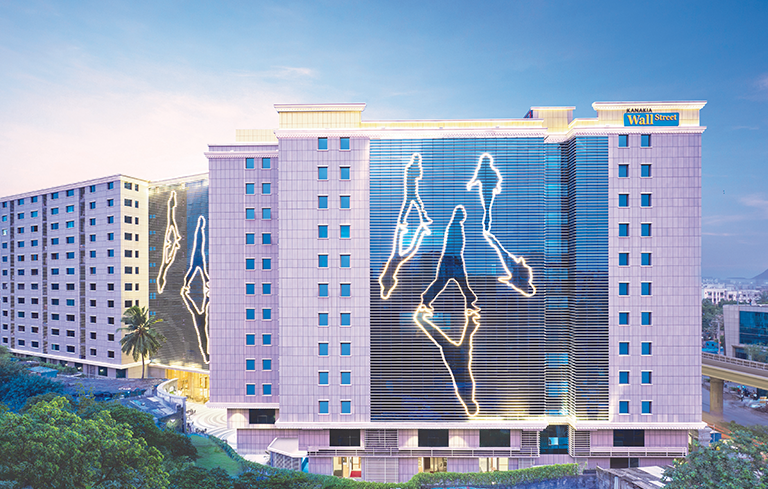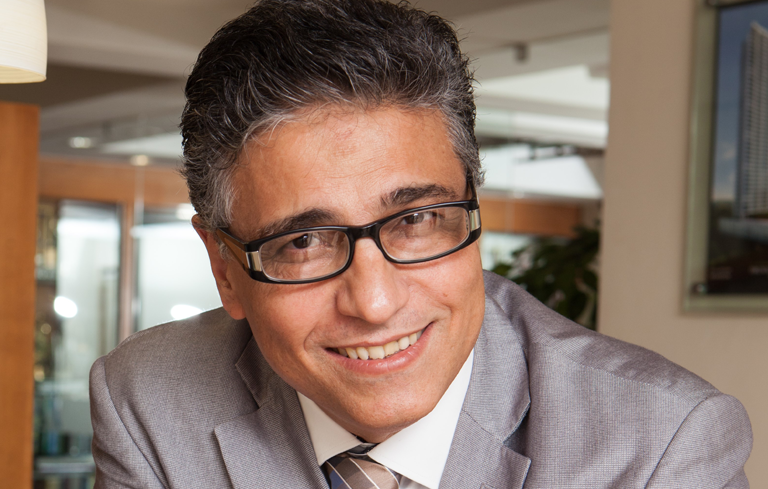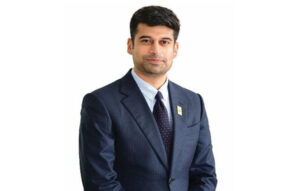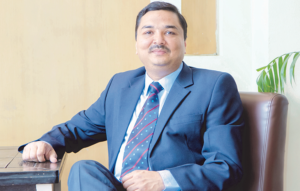How would you define your style as an innovative and creative Architect?
I believe in liberating spaces, not enclosing them. Every space needs to have a good optimum, be it a small sized apartment or large commercial offices. Every good designer analyzes the plans from the client perspective, with regard to practicality, functionality and accessibility, before executing it. I don’t believe in confining spaces between four walls, on the contrary, I believe in open spaces, both for the interiors and exteriors. Our team, spread across offices in India and the US, reflects the intelligence and commitment of individuals with a common vision: to inspire quality living through innovation, sustainable design and holistic design approach. I believe it takes exemplary quality to reach elusive heights. The vision to rank among the topmost players has fuelled and sustained our drive.
What is your opinion about the future of Indian contemporary architecture?
Indian architecture has been influenced by several cultures over the decades, and there is a remarkable fusion of styles that is testament to history and evolving cultures. In a fast-paced city like Mumbai it is easy to feel lost and alone among the diversity of people and influx of modern trends. While many find traditions archaic and irrelevant, I feel that there are several benefits to being in touch with our heritage. Be it cultural, social, territorial, or even political – heritage allows us to understand our previous generations, and the history of where our roots lie. What we are creating today, shall be heritage for the future generations!
What is the design process like when designing or renovating a space upon acquiring a new project and client?
Each project that we have worked on over the last three decades has been a significant stepping stone to reach where we are today. The end user is the most significant aspect of any design or project; you had to keep that in mind and then plan the design. If you don’t consider your end user, that can be the biggest mistake of any design. While the beauty and aesthetics of design are important, the functionality should be vital. Addressing the clients unique need profile, while keeping in mind his latent needs and background is an effective way to design the apt solution. I often tend to imagine how the user will move around the space, even for the smallest of spaces.





